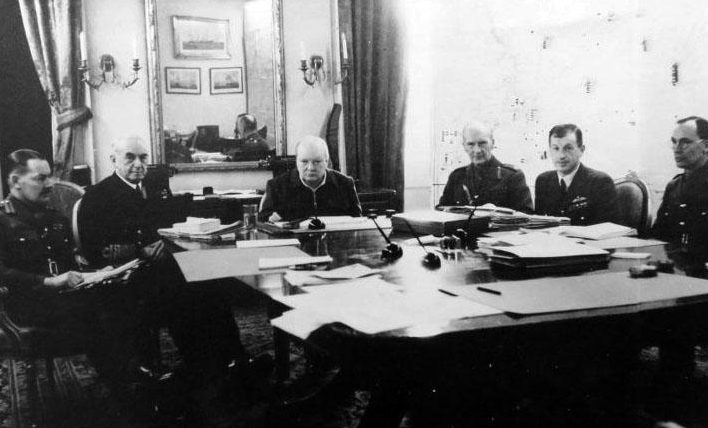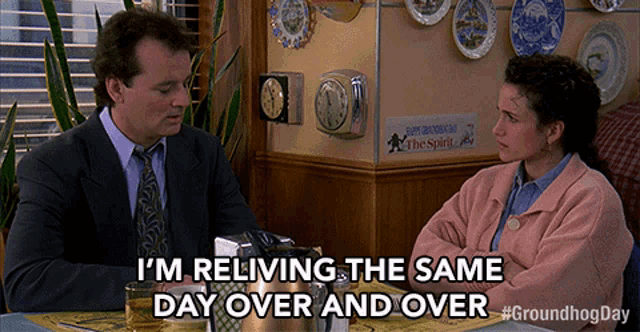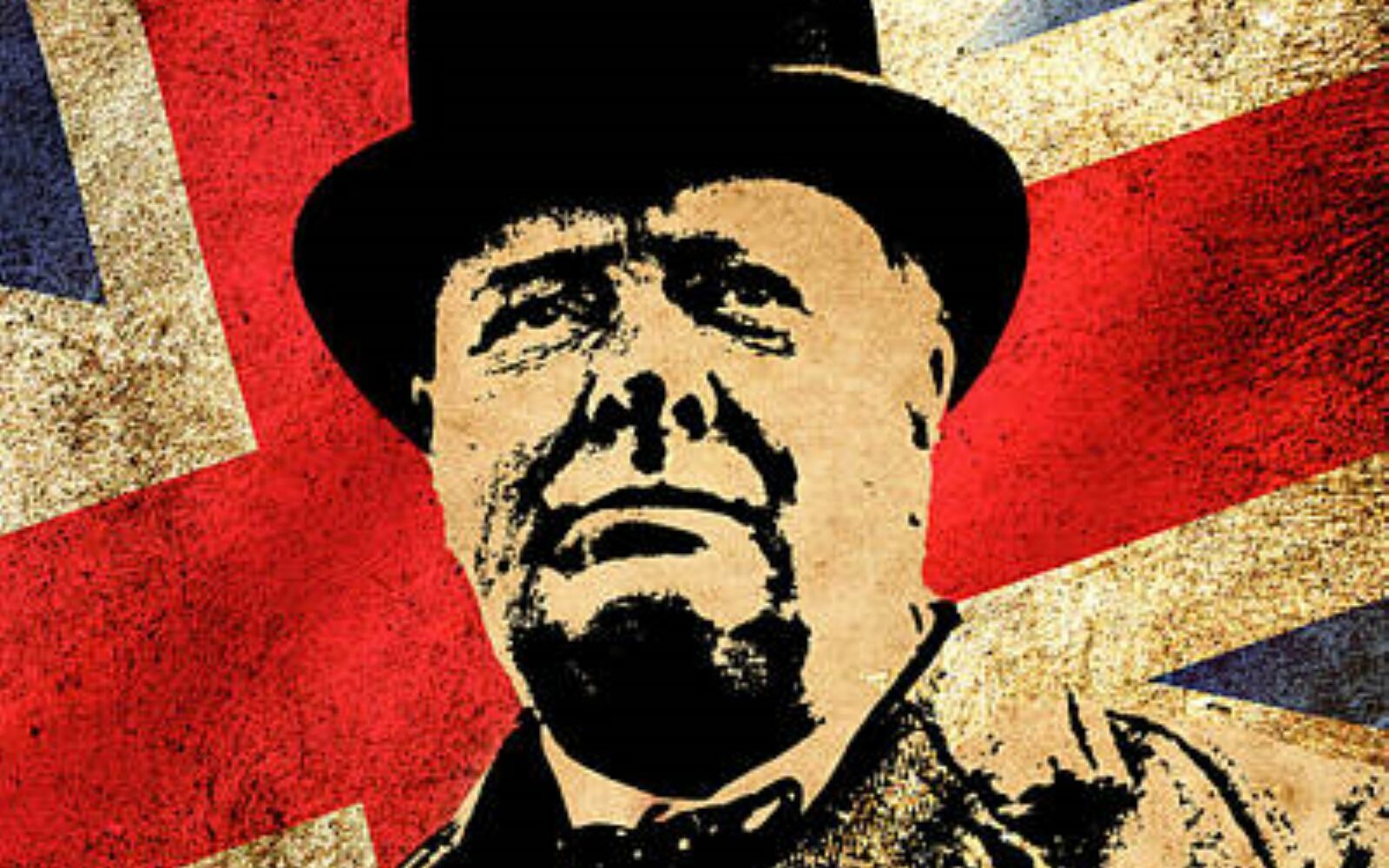Why Winston Churchill insisted that all instructions from the War Cabinet meetings were written down
Courageous, determined, inspiring, brilliant, brave, passionate, talented, unique, moody, narcissistic, rude, and demanding are just some of the adjectives used to describe the utterly complex personality of Sir Winston Churchill. Based on the number of biographies chronicling Churchill’s life, it’s clear that we continue to be fascinated by Churchill long after his death. The award-winning TIME magazine ranks Churchill as #37 on their list of The 100 Most Significant Figures in History. [1]
We all know of Churchill as the leader who galvanized Great Britain during World War II. His practiced techniques for hammering empowering messages into the psyche of his country are methods that speakers study at length. Part of the complexity in understanding Churchill is recognizing the incongruity between Churchill’s inspiring leadership of his countrymen but perceived lack of compassion for his staff. In fact, many of the stories that detail Churchill’s short temper, narcissism and moodiness would not pass muster in today’s workplace. [2]
Despite the aforementioned behavior, Churchill was indisputably an effective leader who managed a war, which is a business more complex than most of us can imagine. What did Churchill do so well that evoked loyalty from his staff, despite his much written about offensive behavior?
Churchill on Leadership

The difference between mere management and leadership is communication.
Winston Churchill
Yes, we all already know that Churchill was a master orator. If you type Winston Churchill into your Google Search, you’ll get a list of articles with Churchill-isms, quotes from Churchill’s speeches. If you want to learn more about that, many linguists have made available their analysis of those speeches.
Also Read: Series: Powerful Meeting Lessons from Leaders [How Begin/Brzezinski Found Common Ground]
Churchill’s Communication was More Than Just Talk

For the purpose of getting a deeper understanding of Churchill’s success managing the war, let’s look at how Churchill handled his written communication to his staff.
All directions emanating from me are made in writing, or should be immediately afterwards confirmed in writing.
Winston Churchill
In fact, Churchill spent countless hours making sure that any directions he gave were never just an oral hand-off at a War Cabinet meeting. Every instruction was written down, and if it wasn’t written, it was invalid. It’s mind boggling to think of the volume of paperwork that Churchill had to produce and review to uphold this edict. The rule applied to everything at a time that there was a LOT of everything going on. He had so much written work to do that in order to prevent ink stains on his clothing he would wear special protection over the sleeves of his jacket, making him look more like a typesetter than the Prime Minister! [3]
Churchill was not an organized man in the office administrative way. Writing down and reviewing tasks did not come to him naturally. He was a man who liked writing memos, with colorful opinions and literary references. Going against his nature and working with a disciplined approach is not what Churchill is famous for, yet it’s likely one of the biggest contributors to his team’s success. [4]
Churchill could not, especially on the scale of a war, have relied on only his own ability to get everything done. He also could not have been successful if there was any degree of additional chaos, as war was chaos enough. The slightest misunderstanding could have prevented critical plans from being executed correctly. Churchill needed to be sure that there was no room for disagreement or misinterpretation of expectations or orders. That meant doing the work of writing down instructions, and so Churchill did the work.
While you may not be a great orator, and your definition of painting may involve a roller and walls, this Churchillian discipline of writing things down to avoid misunderstandings later, is incredibly important for having purposeful meetings.
People assemble for a meeting in order to communicate. Taking notes is then seen as a distraction. This fallacy is the cause of two of the top meeting complaints:

- Meetings feel like a painful version of Groundhog Day. People meet about the same topics multiple times with no change in outcome.
- Post meeting, there are misunderstandings on what was agreed to in the meeting. This includes the actual tasks that were agreed to and the delivery timeline.
Here are the steps to ensure that your meetings conclude with clear, cohesive instructions:
Also Read: Theft at a Meeting: How to Respond When Someone Steals Your Thunder
Designate a Meeting Minutes role before the meeting
- When it isn’t clear if someone is taking notes, everyone takes their own notes. This leads to too many laptops coming out and a higher risk of distraction. Let all attendees know in advance that there will be notes coming out of the meeting and that there’s clear ownership of who is responsible for taking and distributing notes. Ideally, the designated Meeting Minutes role should be a detail included in a meeting invitation.
Prevent distractions
- We like to think we can multi-task or take a quick peek at emails, but that’s a sure way to end up with gaps in your meeting notes. Set yourself up for a distraction free meeting by turning off Notifications (this is generally a simple setting to turn on/off) and closing browser sessions that aren’t relevant to the current meeting.
Share meeting notes in real time
- Personally, I like when the note taker shares their window on the big screen of a conference room. A shared screen gives everyone visibility to what the takeaways are and allows for real time clarification. In the virtual meeting world, or if someone needs to use the conference room screen for presenting, there’s more competition for screen real estate. The gold standard solution is to use a collaborative notes editor, where everyone can follow along and contribute to notes in real time. Note that many tools require you to “Publish” your notes before collaborators can see your changes. Unfortunately, that won’t be an effective way to achieve our goal.
Create action items in real time (!)
- I can’t stress enough how dramatically the quality of your meeting outcome will improve if you create and distribute action items, tasks and follow up ownership in real time. You should also be able to agree on and set due dates for all items. A definition of insanity is doing the same thing again and again, while expecting different results. By that definition, it’s insane to keep discussing things in meetings and not have anything purposeful come of the time spent. Like Churchill, leave no room for misinterpretation. Put the follow-up items in writing and come to an agreement before closing out your meeting.
References






